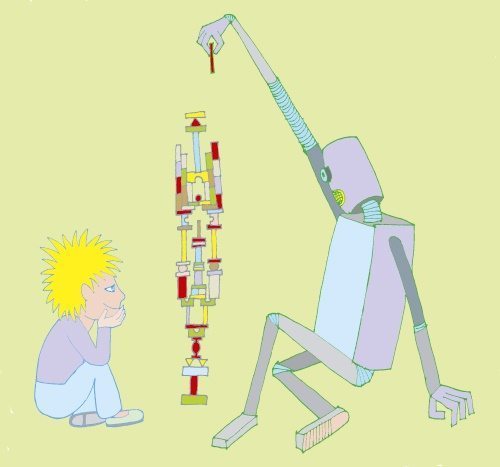Robotics has shifted from being a technology to master to being a technology with which to learn. In recent years, the discipline has emerged as a valuable tool to help students develop both cognitive and social skills. Implementing robot tutors in the classroom has the potential to maximize learning efficiency – especially in the early education.
Today, new technologies dominate students’ lives, directly affecting the two basic goals of modern schooling: the diffusion of knowledge and socialization. Teachers themselves must, therefore, learn how to best leverage these technologies in order to maximize learning both in the classroom and at home.
Due to increasing distraction from our use of electronic devices and social media, students no longer learn the same way as in the past, and teachers have a need to adapt their methods accordingly. Could robot tutors be a part of that change?
In a paper published in the journal Frontiers in Computational Neuroscience, a team of researchers at the Department of Artificial Intelligence in Madrid developed a Computational Architectural Pattern (ARTIE) for use with elementary school educational software.
How Educational Robotics Motivated Classrooms
Dr. Luis Imbernòn Cuadrado and his team focused on concentration, distraction, and inactivity as three cognitive states influencing learning.
The program analyzes children’s’ interactions (keyboard use and mouse movement) in order to determine which of the cognitive states the child is experiencing at the time.
“ALTHOUGH THE TWO VOLUNTEERS SAID THEY ENJOYED LEARNING WITH A ROBOT TUTOR MORE THAN WORKING ALONE, THEY THOUGHT THEY WOULD HAVE LEARNED BETTER WITH A HUMAN TUTOR.”
Another algorithm then analyzes the data gathered to identify the best pedagogical approach to adopt. The pedagogical decisions made by a robotic tutor may include the use of specific trigger words and gestures that would incentivize the student to achieve a specific learning objective.
Researchers used a robotic tutoring platform they called MONICA with educational software suite Scratch. To evaluate the computational architecture they had developed, the researchers tested MONICA with two primary school students in different cognitive learning states.
Although the two volunteers said they enjoyed learning with a robot tutor more than working alone, they thought they would have learned better with a human tutor.
Next-Gen Teacher’s Aid
Despite obviously lacking many traits common to an actual human tutor, the lack of certain characteristics could actually be beneficial. For instance, a robot tutor would theoretically not practice racial, ethnic, religious or other discrimination, and can teach with objectivity.
Moreover, the robots themselves are not subject to cognitive learning states like a human tutor would be.
Today’s education promotes collaboration between man and machine, and the door is wide open for teachers to take advantage of educational software platforms. While it is unlikely that robot tutors will replace human teachers, the team’s research shows that they could act as a valuable supplement to traditional teaching methods.
Perhaps soon there will be a robot in your classroom…




Comments (0)
Most Recent